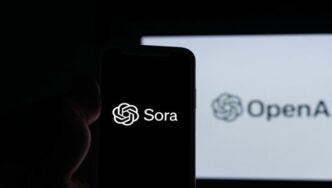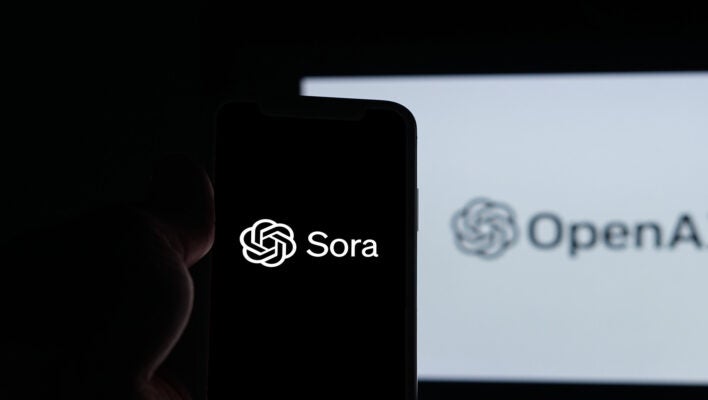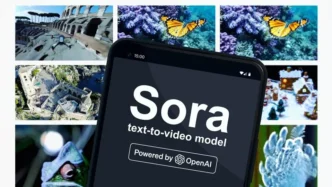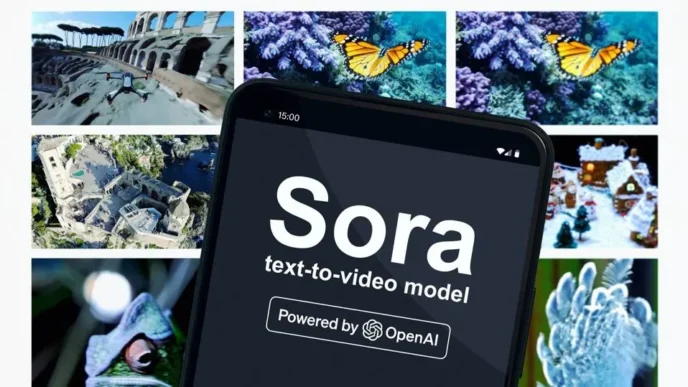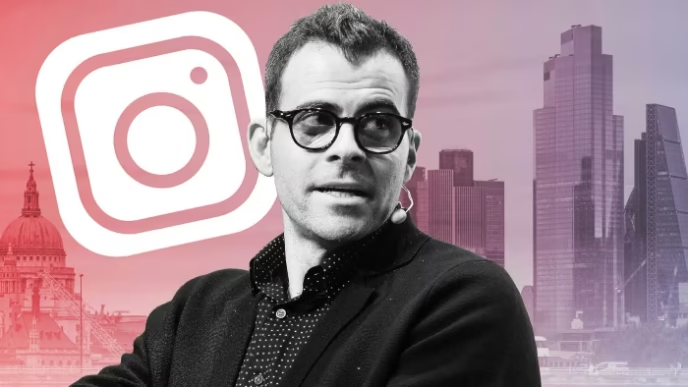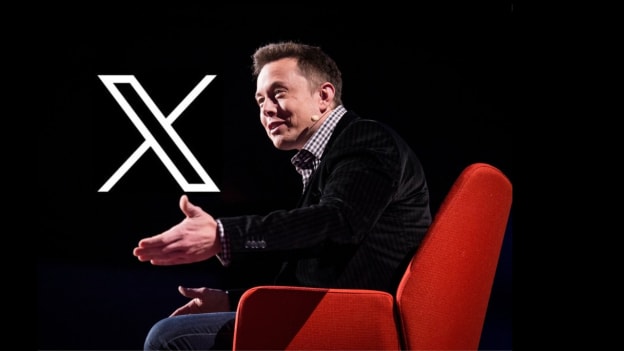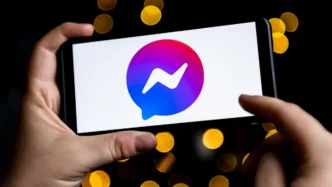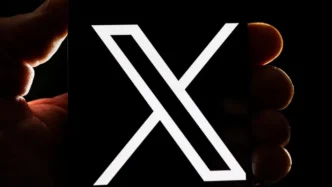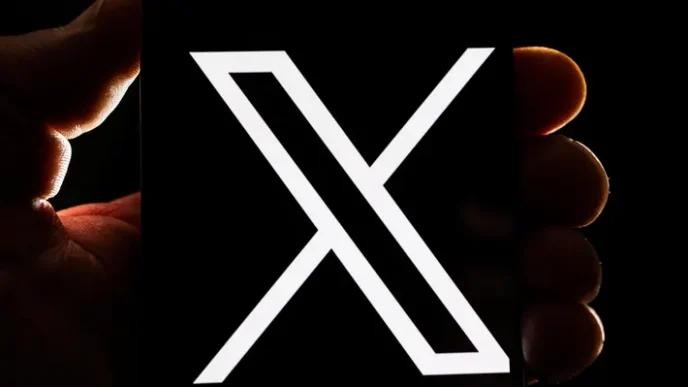OpenAI’s newest app, Sora, is already making headlines after soaring to the No. 3 spot on the U.S. App Store just two days after launch. The AI-powered video creation app went live on September 30 and, despite being invite-only and restricted to users in the U.S. and Canada, quickly became one of the most downloaded apps in the country. According to data from app analytics firm Appfigures, Sora recorded 56,000 downloads on its first day and 164,000 within 48 hours, making it one of the strongest AI app launches in recent memory.
What makes Sora’s rise even more notable is the competitive landscape it entered. The app’s debut easily outpaced launches from rivals like Anthropic’s Claude, which reached 21,000 day-one installs, and Microsoft’s Copilot, which only managed 7,000. Sora tied with Elon Musk’s xAI app Grok, which also saw 56,000 downloads on its first day. The only apps to outperform Sora’s launch were OpenAI’s own ChatGPT and Google’s Gemini, which drew in 81,000 and 80,000 installs respectively on their first days. Given that both ChatGPT and Gemini were open to a broader user base at launch, Sora’s invite-only status makes its performance even more impressive.
The app’s rapid climb through the charts also underscores the growing demand for AI-powered creativity tools. By its second day on the market, Sora had already reached the No. 3 overall position in the U.S. App Store. To put that in perspective, ChatGPT hit No. 1 on its second day, Grok landed at No. 4, Gemini reached No. 6, Copilot peaked at No. 19, and Claude trailed far behind at No. 78. This trajectory suggests that Sora is quickly carving out its own space in the booming AI app market and is resonating with users in ways that productivity-focused tools have struggled to achieve.
Part of Sora’s appeal lies in its positioning. Instead of focusing solely on productivity or enterprise use cases, Sora delivers AI in a way that feels entertaining, creative, and social. Users are not just interacting with AI, they’re generating videos that can be shared, remixed, and turned into viral content. This places Sora at the intersection of generative AI and social networking, a formula that could drive engagement at scale if adoption continues at this pace. With video already dominating platforms like TikTok, Instagram, and YouTube, a tool that empowers users to create AI-enhanced video content directly on their phones seems tailor-made for the current digital culture.
There are also broader implications for OpenAI as a company. While some within the organization want to keep the focus on tackling harder technical challenges, such as advancing general-purpose AI systems, Sora demonstrates the power of consumer-facing products to generate both revenue and cultural impact. Just as ChatGPT became a household name by packaging complex AI technology into a simple interface, Sora could become the flagship AI app for creative expression. The fact that it’s gaining traction this quickly suggests that consumers are eager for new ways to experiment with generative AI, even when access is limited.
The performance of Sora also provides a glimpse into the strategies companies are using to roll out AI apps. While ChatGPT and Gemini leaned on wider launches to build momentum, Grok restricted its launch to the U.S., Australia, and India, and Anthropic didn’t specify geographic limits for Claude. OpenAI has instead opted for scarcity with Sora, using an invite-only model to build hype and exclusivity. Judging by the download numbers and App Store ranking, that strategy is working. The limited access has not dampened demand and in fact, it may be fueling curiosity and word-of-mouth growth.
If Sora continues to climb the charts, it could change the way people think about AI video tools. Until now, much of the public conversation around generative AI has focused on text, images, and chatbots. Sora’s popularity signals that video could be the next frontier, opening new opportunities for creators, influencers, and everyday users who want to experiment with storytelling in more dynamic ways. The app’s blend of creativity and accessibility could make AI video generation as commonplace as posting photos or short clips to social media.
In just two days, Sora has proven that OpenAI can still capture the public’s imagination with a consumer app launch. With 164,000 installs, a Top 3 ranking, and viral buzz surrounding its invite-only exclusivity, Sora is already shaping up to be more than just another AI tool—it could be the start of a new category of generative video apps that reshape how people create and share content online. Whether it becomes a long-term staple or a viral phenomenon will depend on how quickly OpenAI can expand access, refine the product, and keep pace with the growing demand for creative AI experiences. For now, Sora’s early success is a clear signal that AI-driven video is not just the next big thing, it’s already here.
